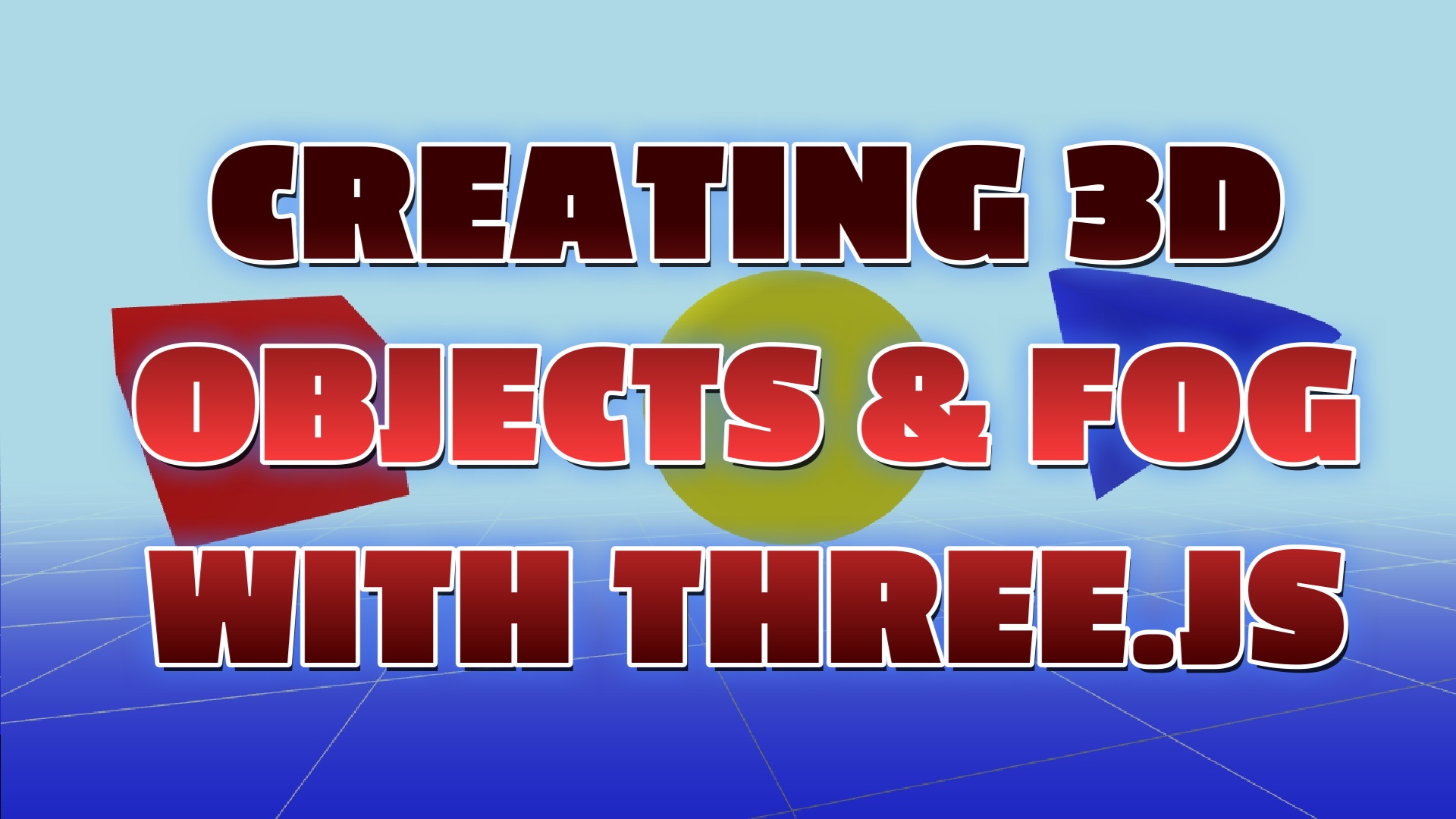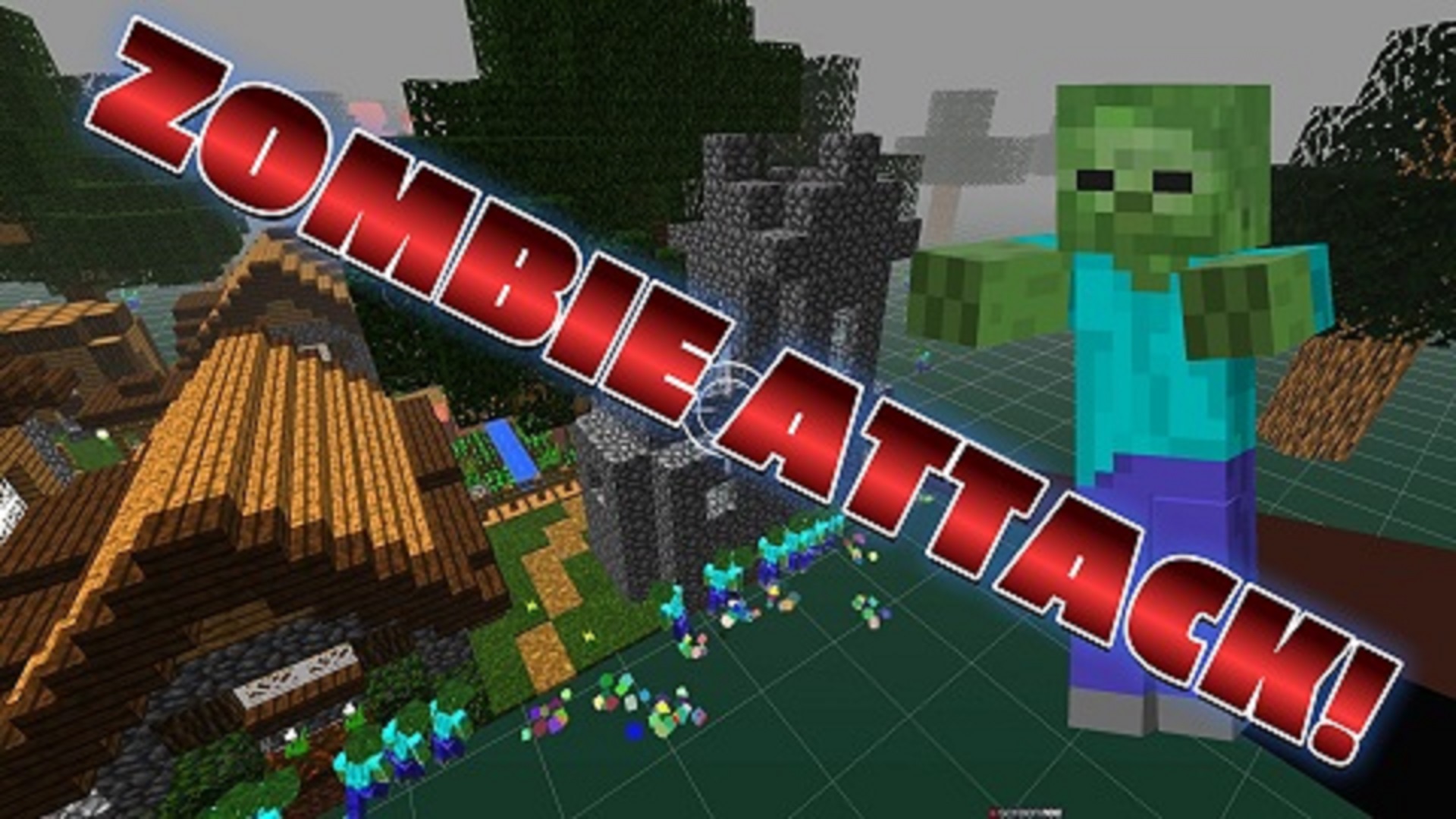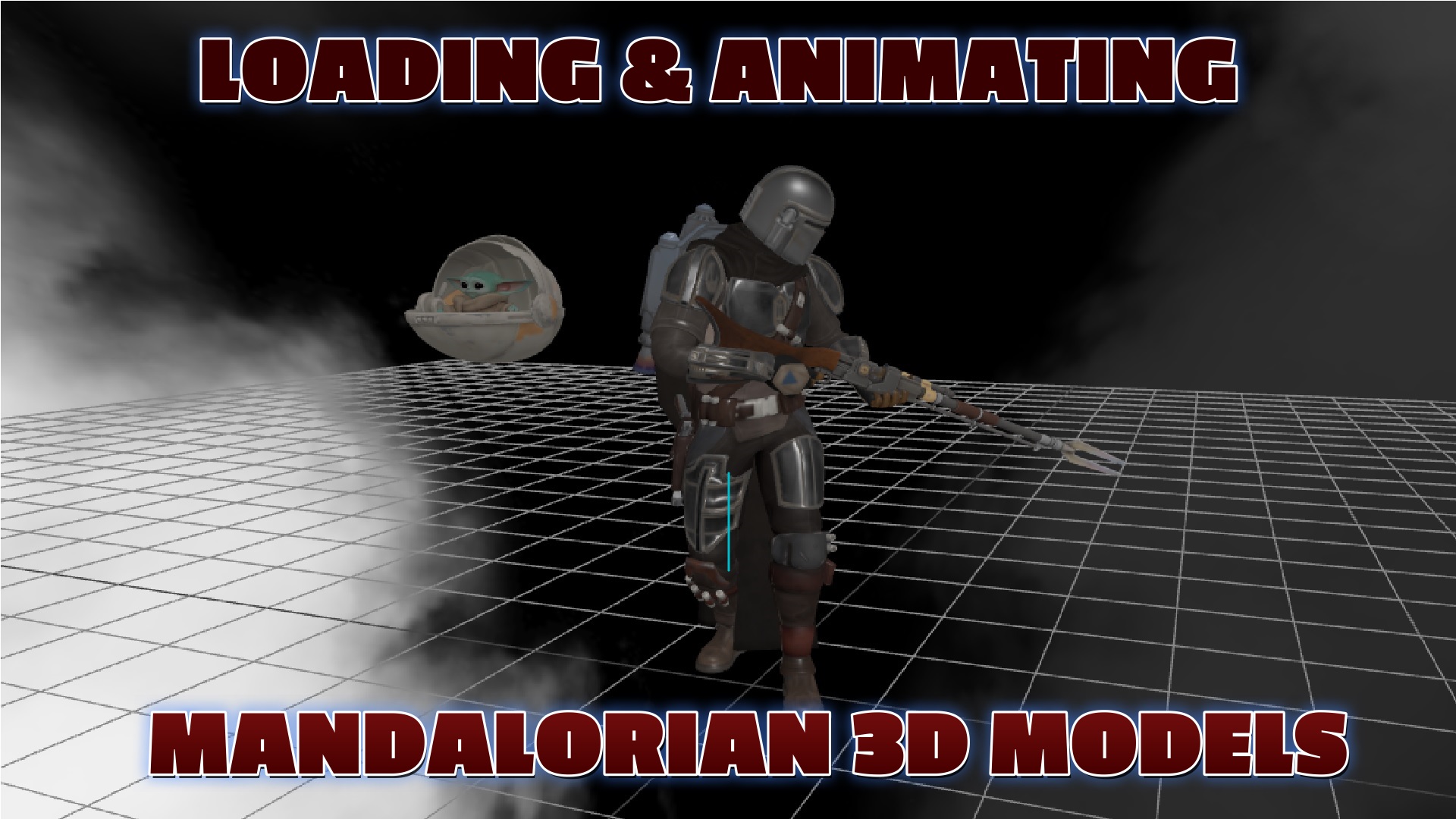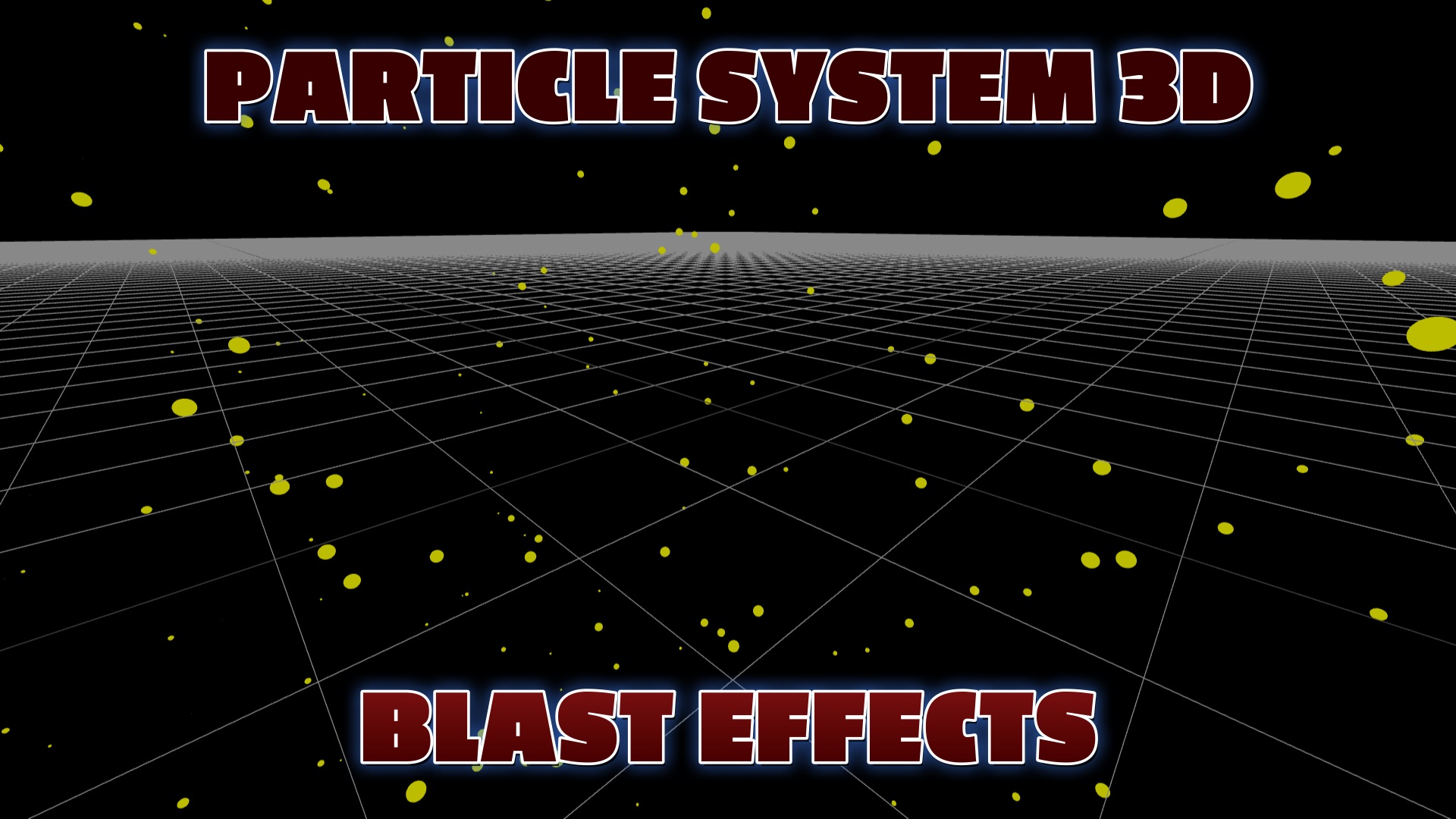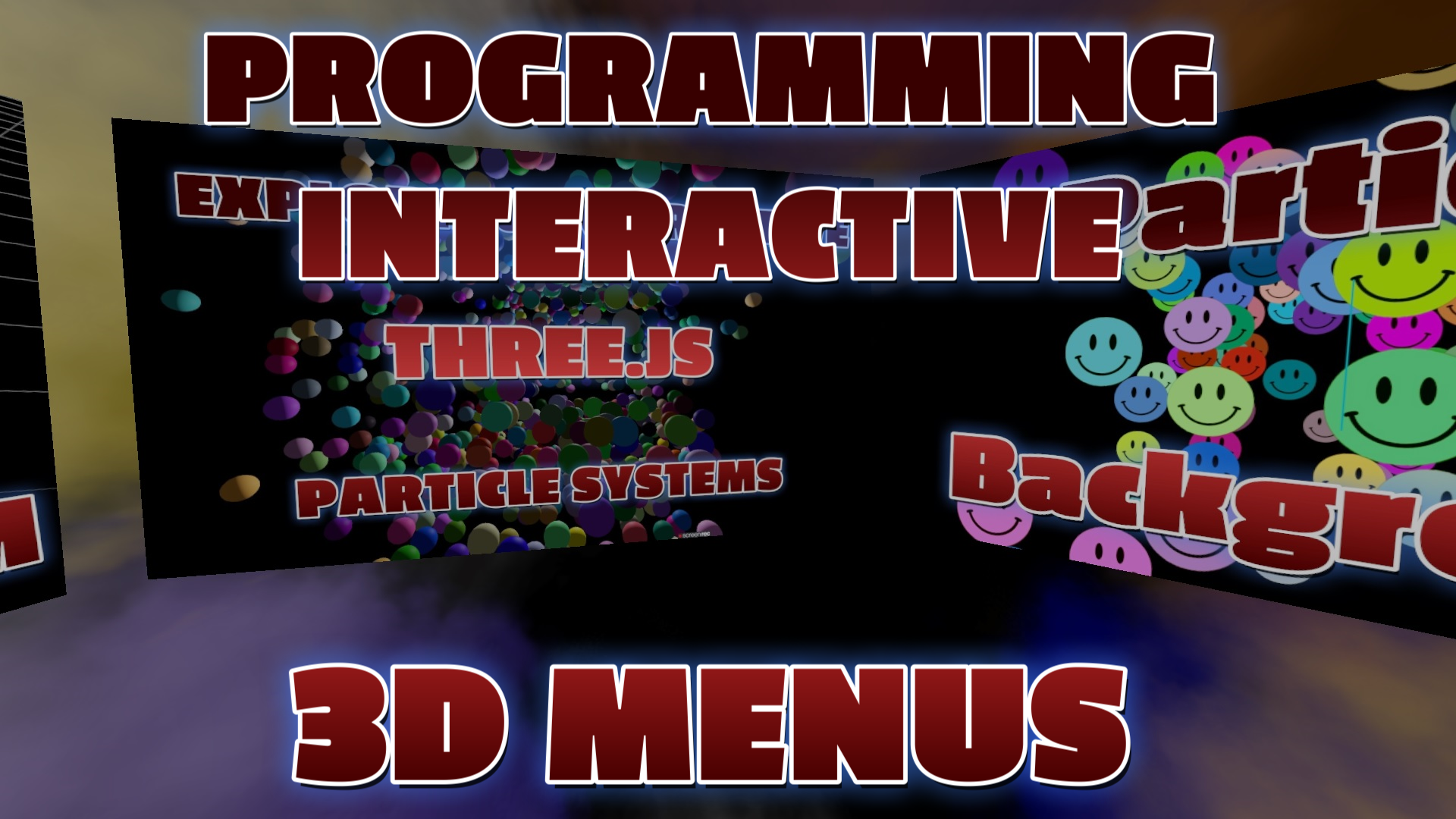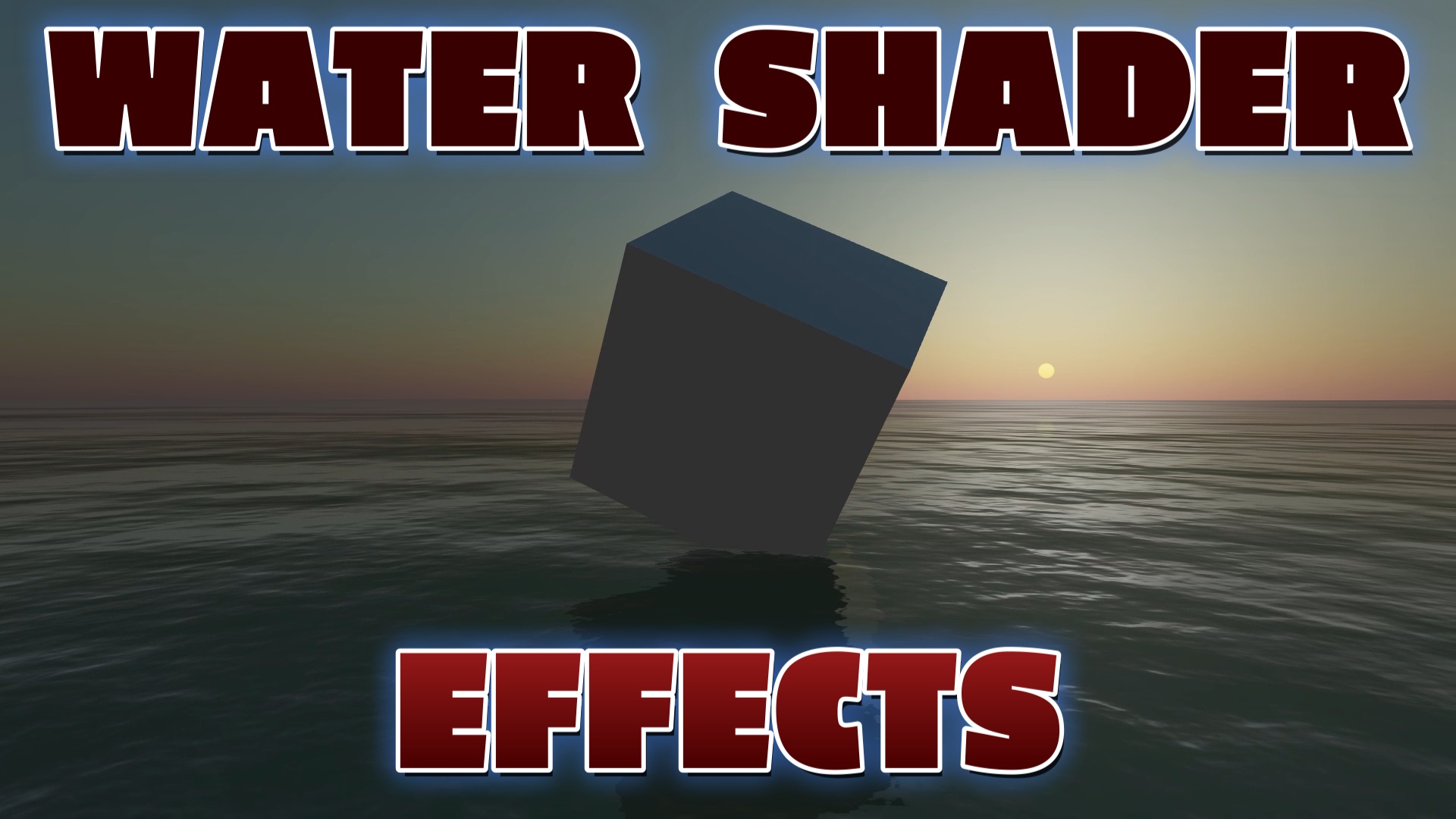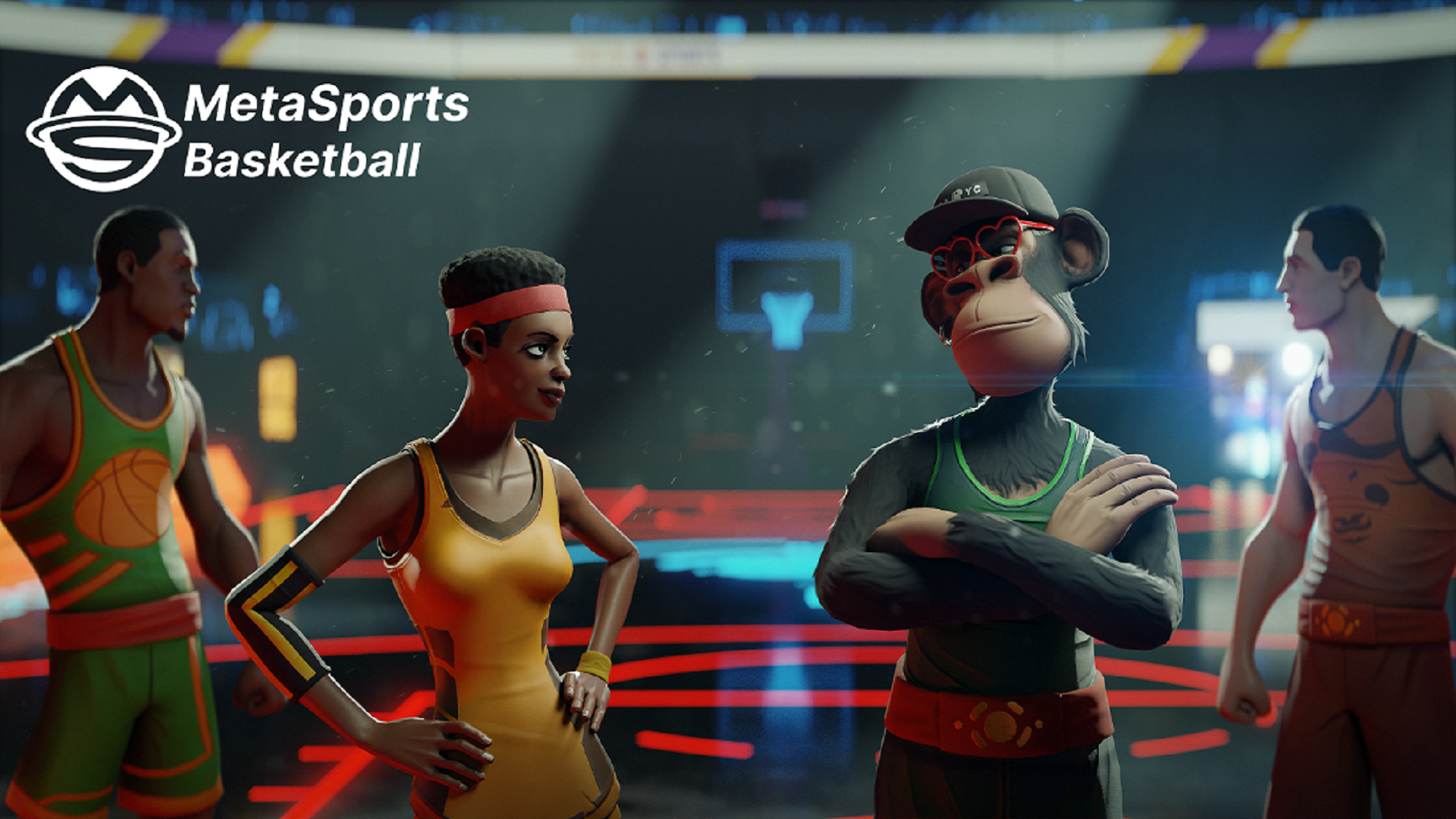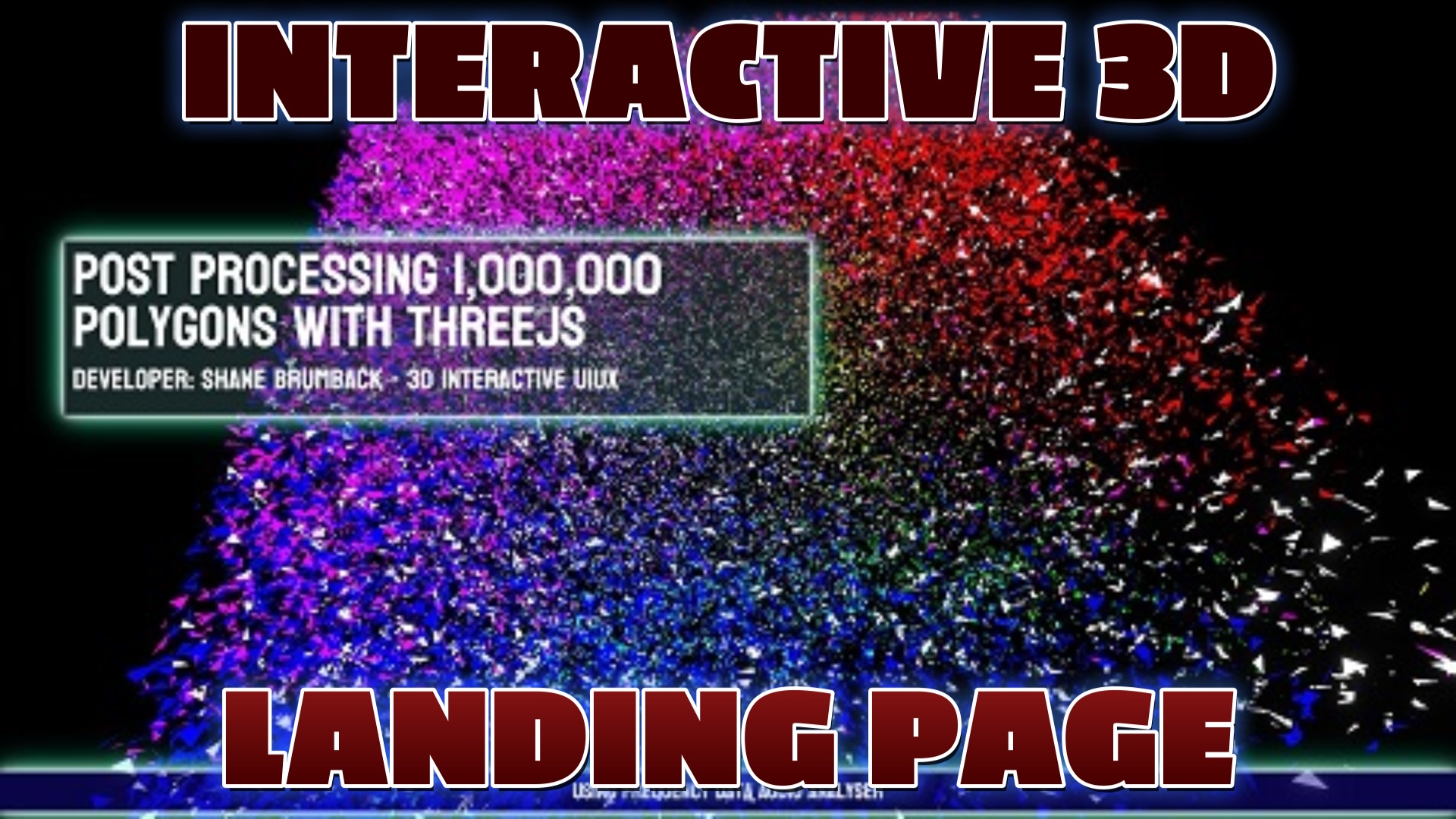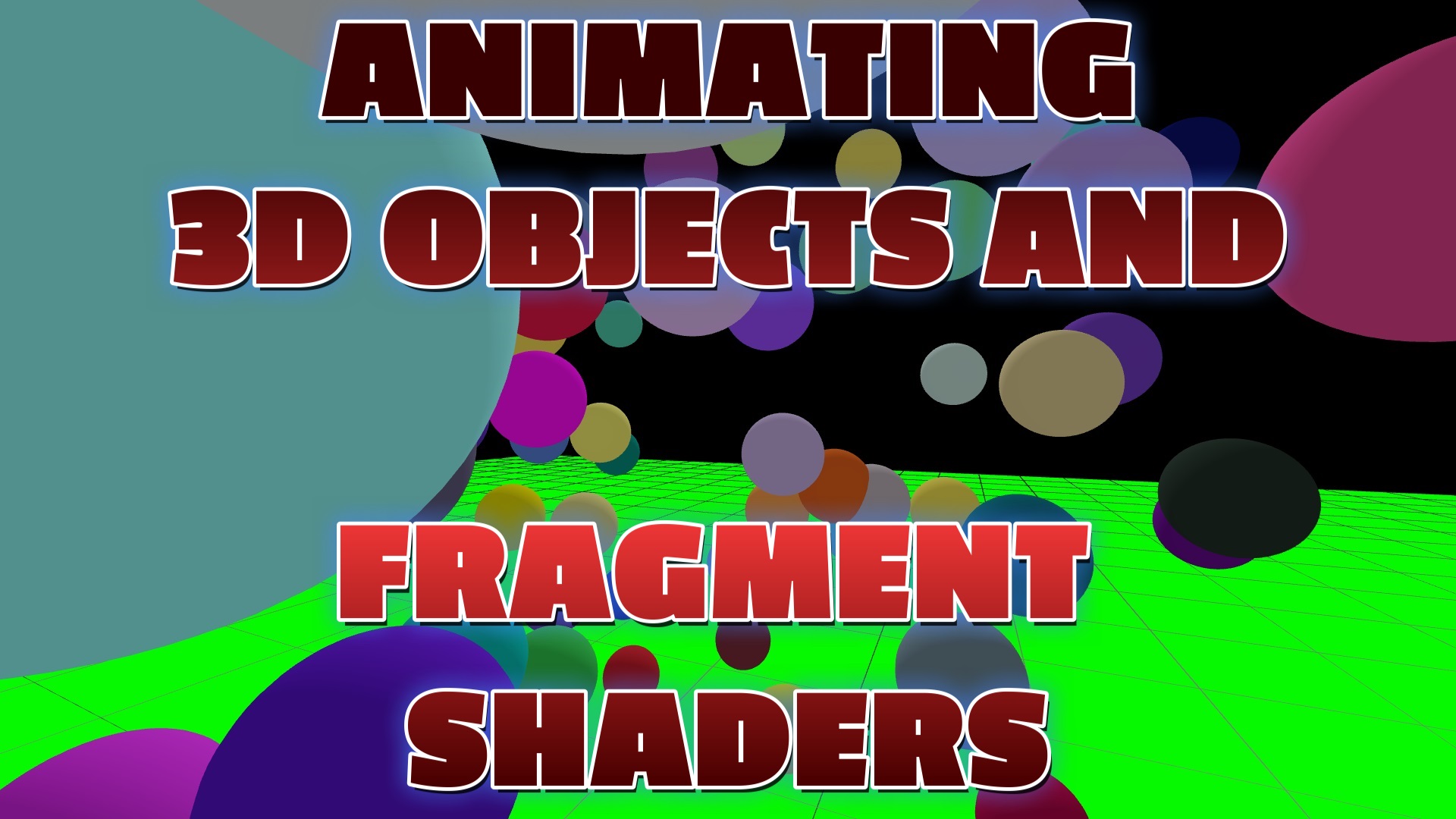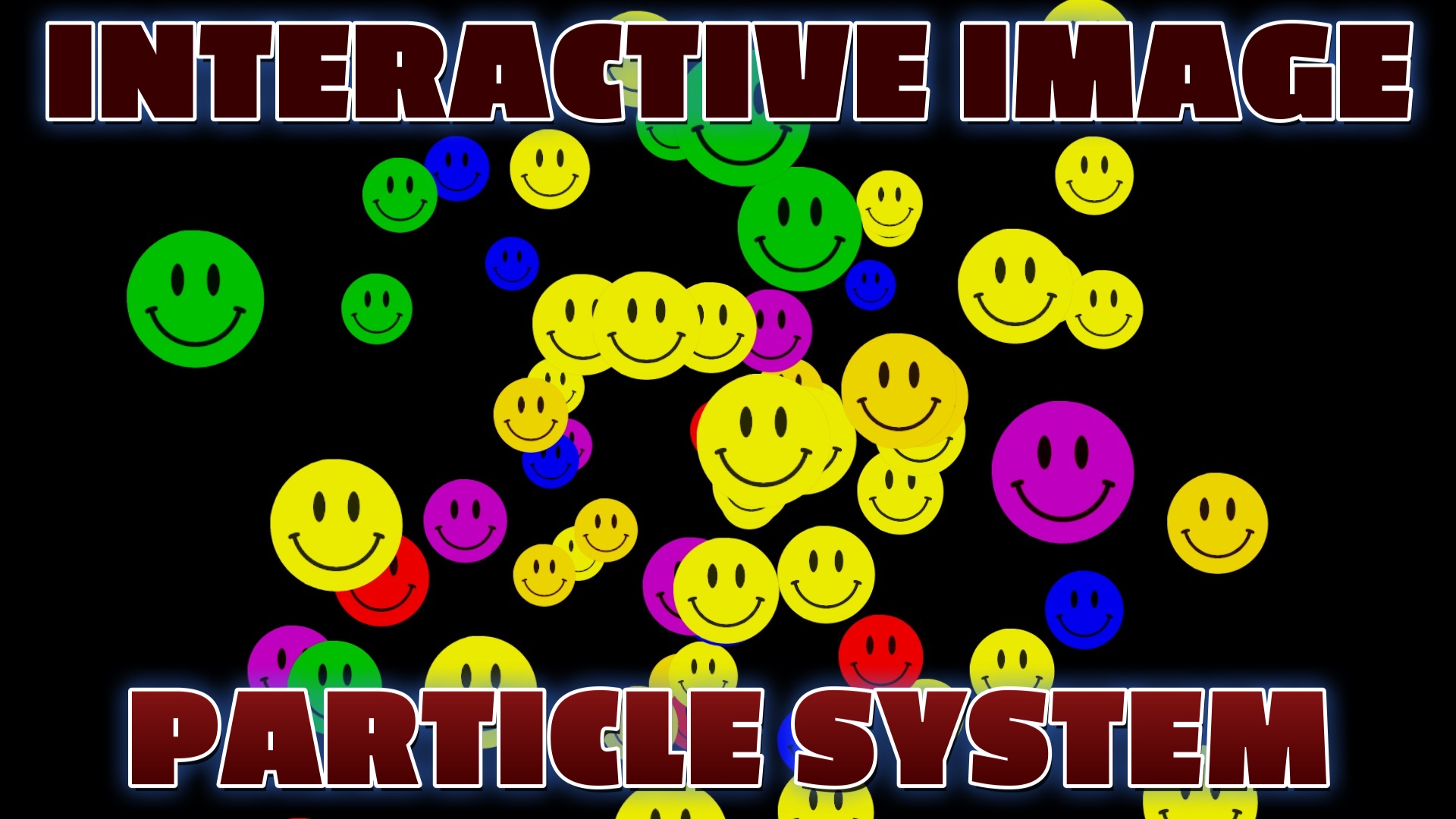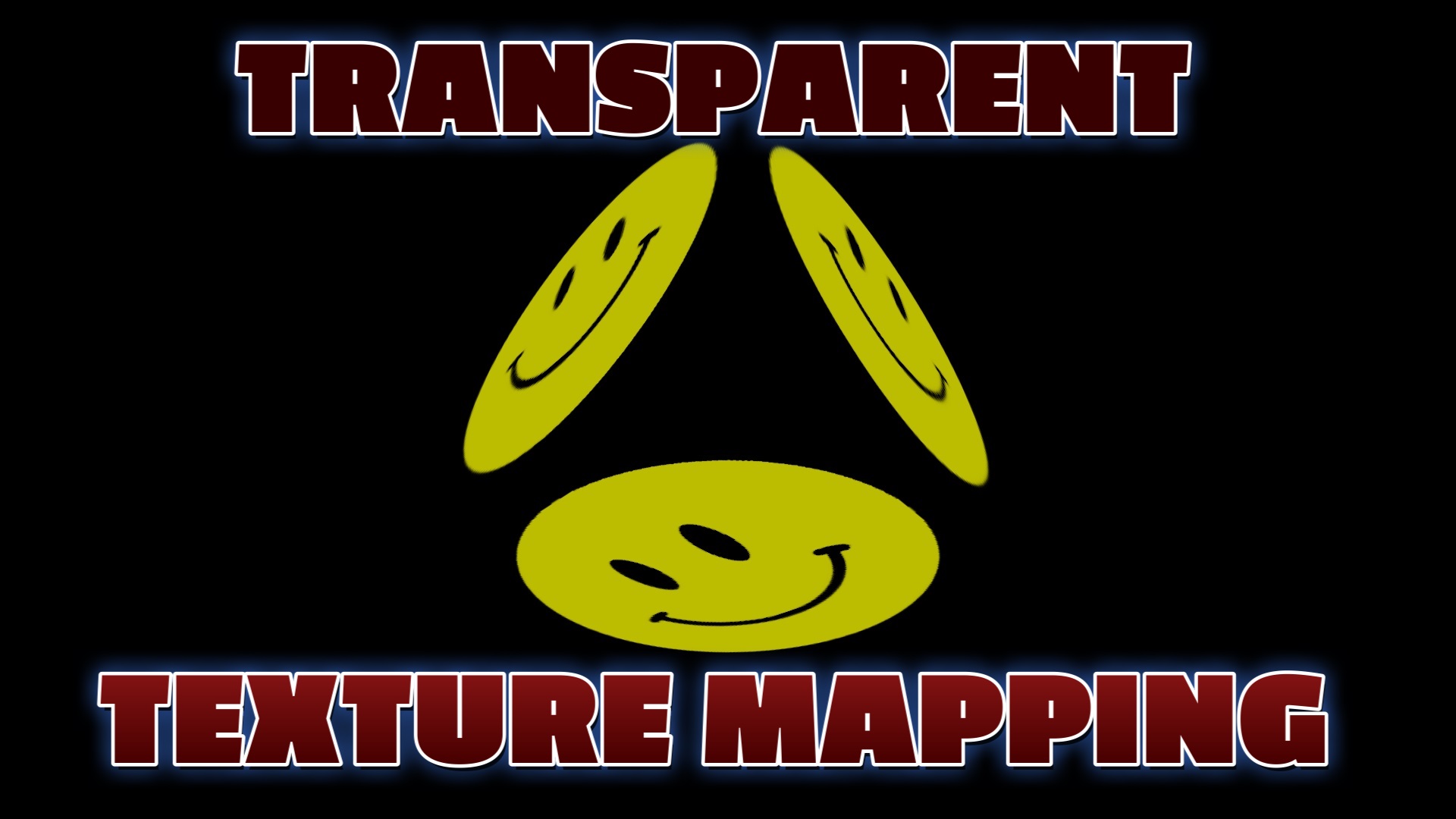3D Medical Simulation Virtual Worlds
Loading 3D Model.....
ESC - Menu
WASF ARROWS - Move
The world of web-based game development has seen tremendous growth in recent years, thanks to technologies like WebGL and frameworks like Three.js. These tools have made it possible for developers to create immersive 3D games that run directly in web browsers. In this article, we'll take a closer look at how Three.js empowers developers to build captivating first-person simulations for medical education.
At the heart of creating 3D medical simulations with Three.js is the library itself. Three.js is an open-source JavaScript library that simplifies 3D graphics programming. It provides a high-level API for rendering 3D scenes within a web browser. Built on top of WebGL, Three.js abstracts many of the complexities associated with low-level graphics programming, making it accessible to a wide range of developers.
Cross-Platform Compatibility
One of the standout features of Three.js is its cross-platform compatibility. Thanks to its utilization of WebGL, which is supported by most modern web browsers, medical simulations developed with Three.js can run on various devices and operating systems without the need for additional installations or plugins. This ensures that your training simulations have a broad reach, allowing students and professionals to access them on desktops, laptops, and even mobile devices.
Performance Optimization
Efficiency is a critical factor when it comes to developing 3D medical simulations. Three.js provides several performance optimization techniques that help developers achieve smooth and responsive gameplay. These optimizations include efficient rendering, occlusion culling, level-of-detail management, and support for advanced shader effects. These features ensure that your training simulations perform well even on lower-end devices, providing an immersive learning experience for a wide range of users.
Realistic Training Scenarios
One of the exciting features of Three.js is its ability to create realistic training scenarios for medical education. You can simulate surgical procedures, medical examinations, and patient interactions. Students can practice and refine their skills in a safe and controlled virtual environment. Realism is achieved by leveraging 3D models, animations, and interactive elements.
Conclusion
In conclusion, Three.js is a powerful tool for building 3D medical simulations that offer immersive learning experiences. Its versatility, cross-platform compatibility, and performance optimization techniques make it an invaluable asset for educators and developers. Whether you're an educational institution looking to enhance medical training or a developer passionate about creating interactive medical simulations, Three.js provides a robust foundation to bring medical simulations to life.
If you're interested in venturing into the world of 3D medical simulations, give Three.js a try. With its robust features, you'll be well on your way to crafting engaging and immersive learning experiences for students and professionals in the field of medicine.
Additional Resources
If you're interested in furthering your knowledge of Three.js and game development, you can explore the following resources:
Whether you're an educator, developer, or a medical professional, the potential for using Three.js in medical training is limitless. Start your journey today and create immersive medical simulations that transform the learning experience.
Load This Gist Code For An Instant Demo
Recent Blog Posts & Updates
- Date - - Threejs
- Date - - Using Threejs To Develop Online 3D Browser Games
- Date - - Using Threejs Pointer Lock Controls For Online 3D Games
- Date - - The Advantages Of Creating 3D Interactive Menus And Websites Using Threejs
- Date - - Threejs Examples Exploring Interactive Visual Particle Systems
- Subscribe To My RSS Feed For Live Updates
- More Examples and Tutorials
